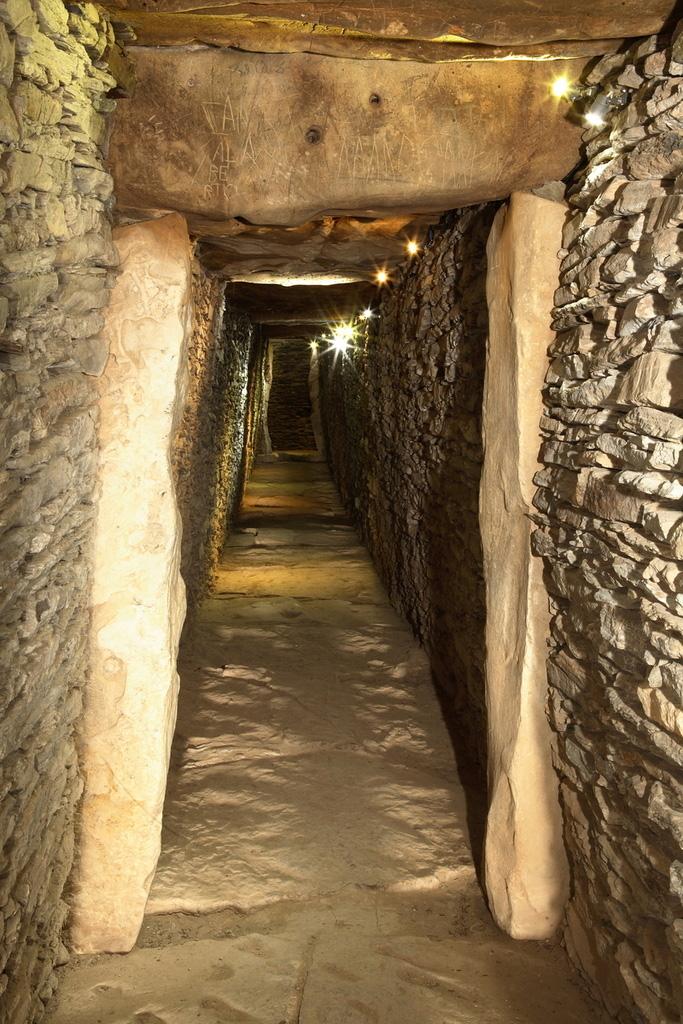halfalp
Regular Member
- Messages
- 1,499
- Reaction score
- 222
- Points
- 0
- Ethnic group
- Swiss
- Y-DNA haplogroup
- R-L2
- mtDNA haplogroup
- J1c5a
well, so there was somebody crossing the Balkans carrying it's CHG share. Now, they were pushed northwards by EEF? they were a local minority among EEF? the archaeological registry fails to detect them in the Neolithic?
I dont know that much about genetic to say, but i bet CHG in Europe gonna actually turn out to be Dzudzuana element into ANF, that was labeled as CHG in calculator because of lack of sourc pop. But who knows.



